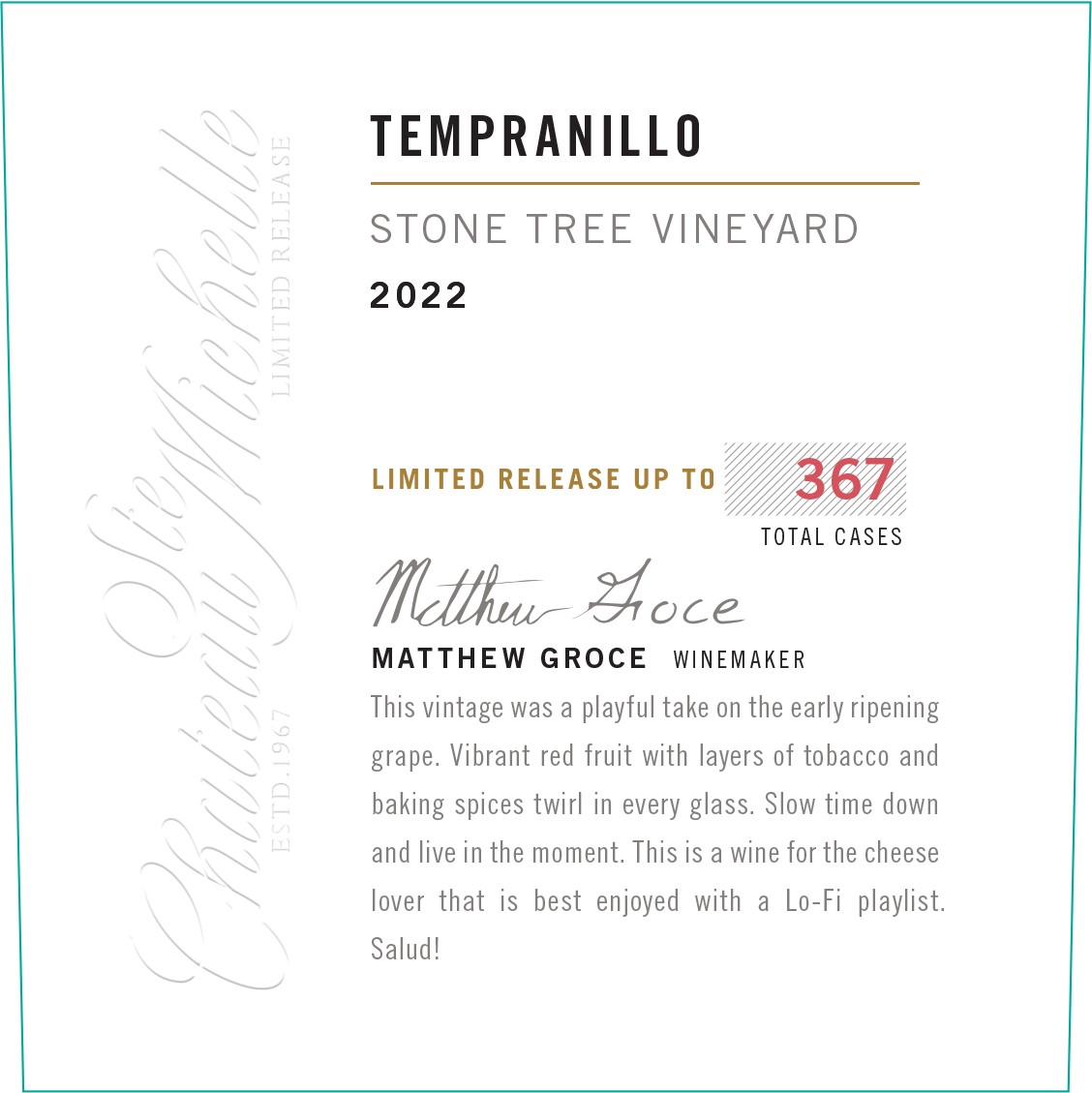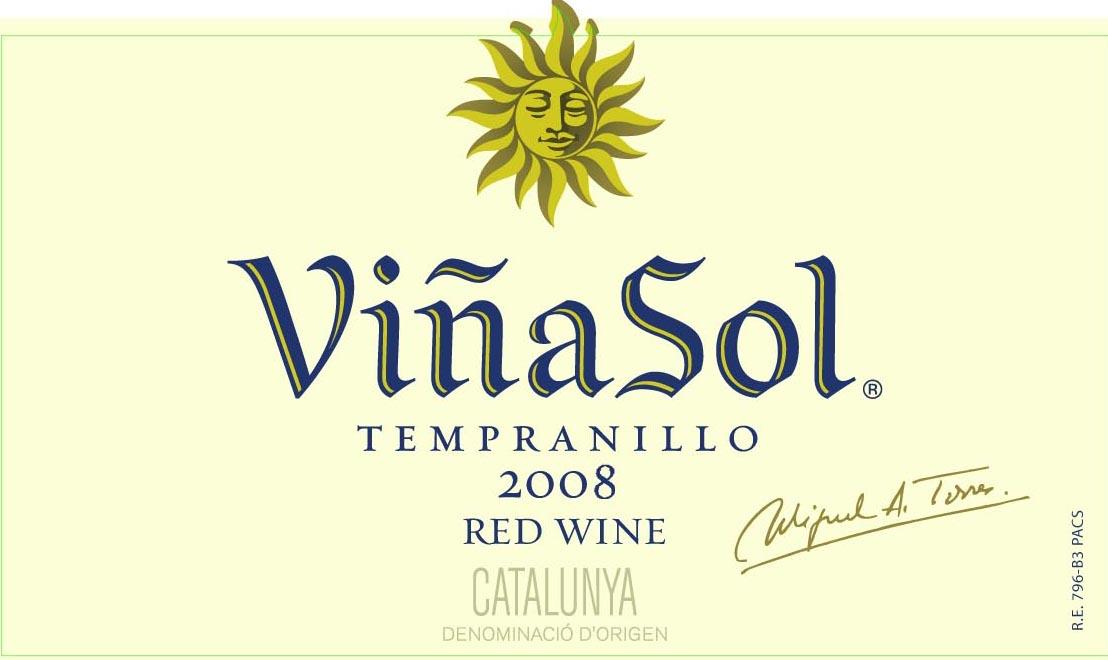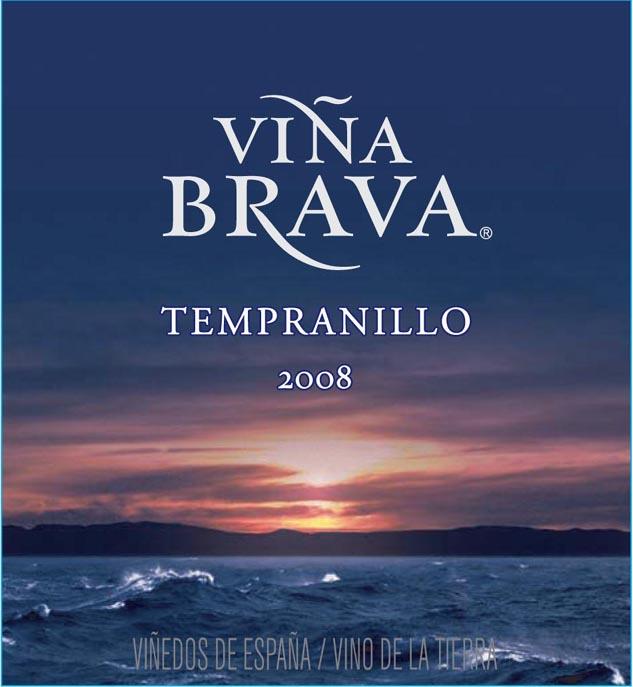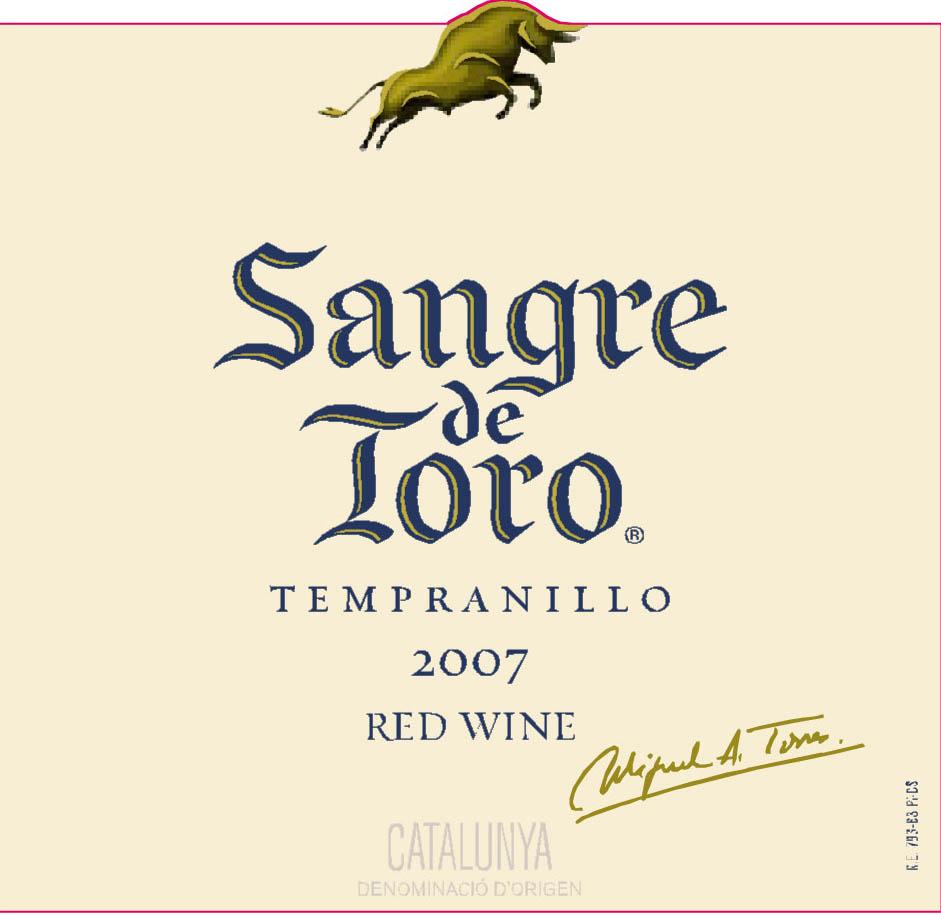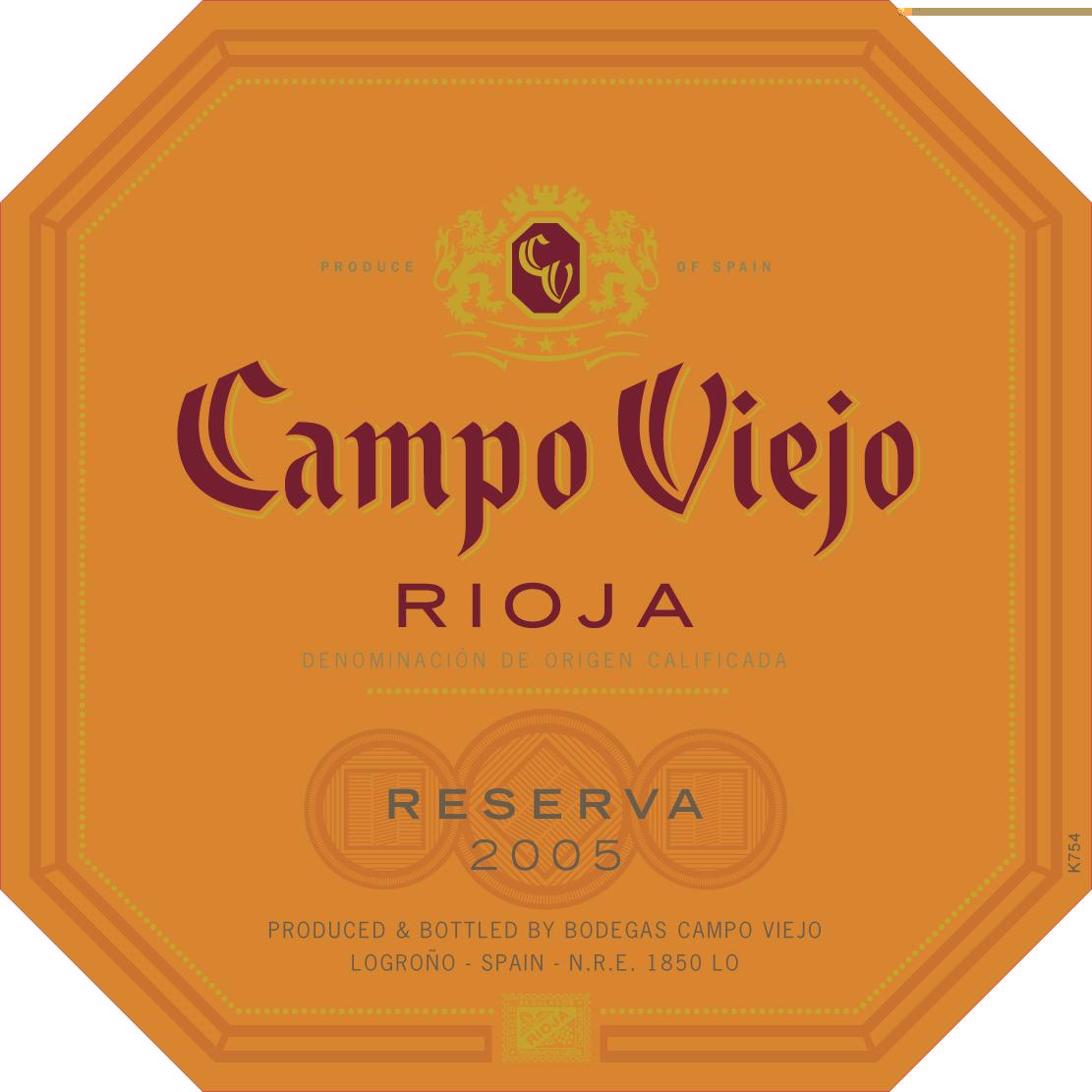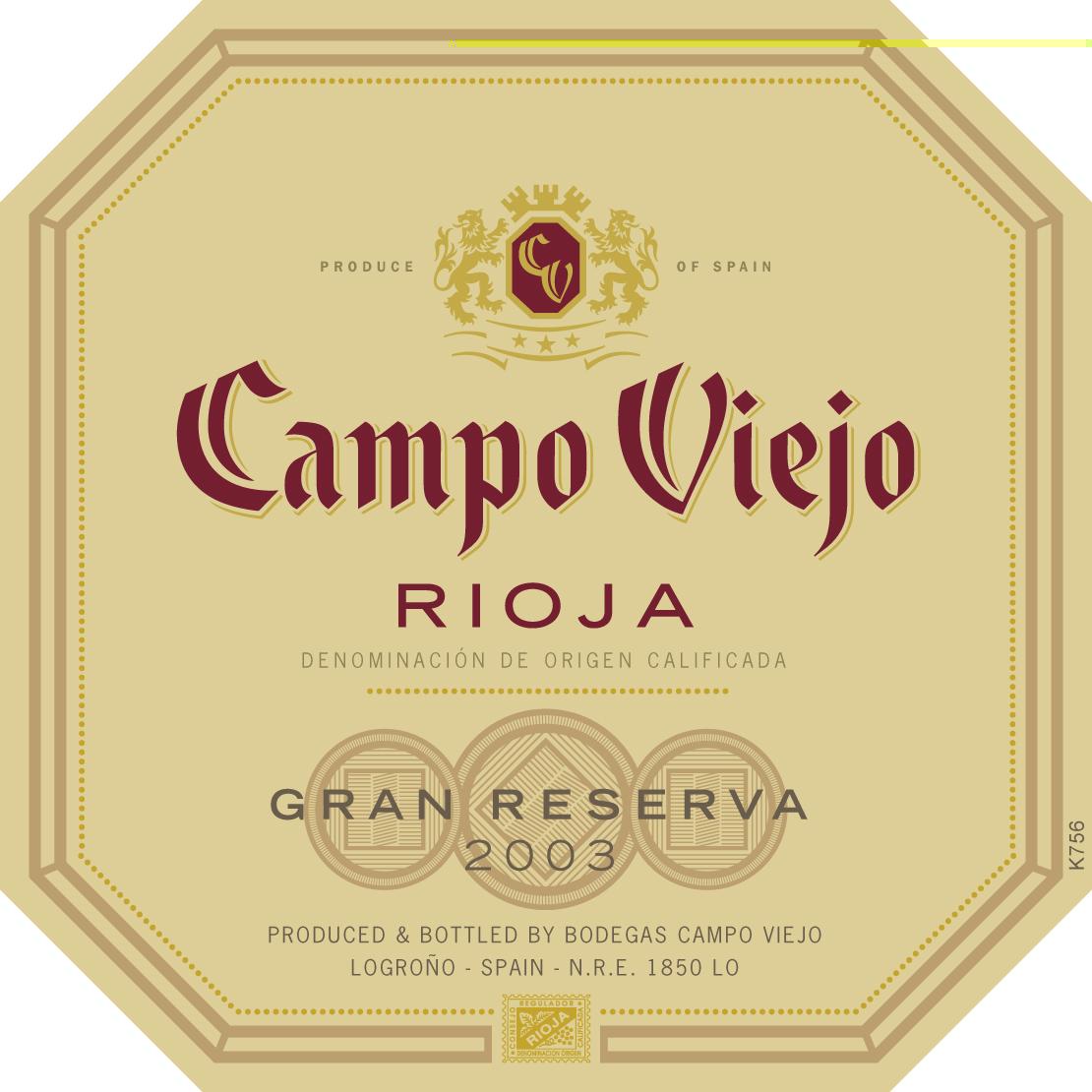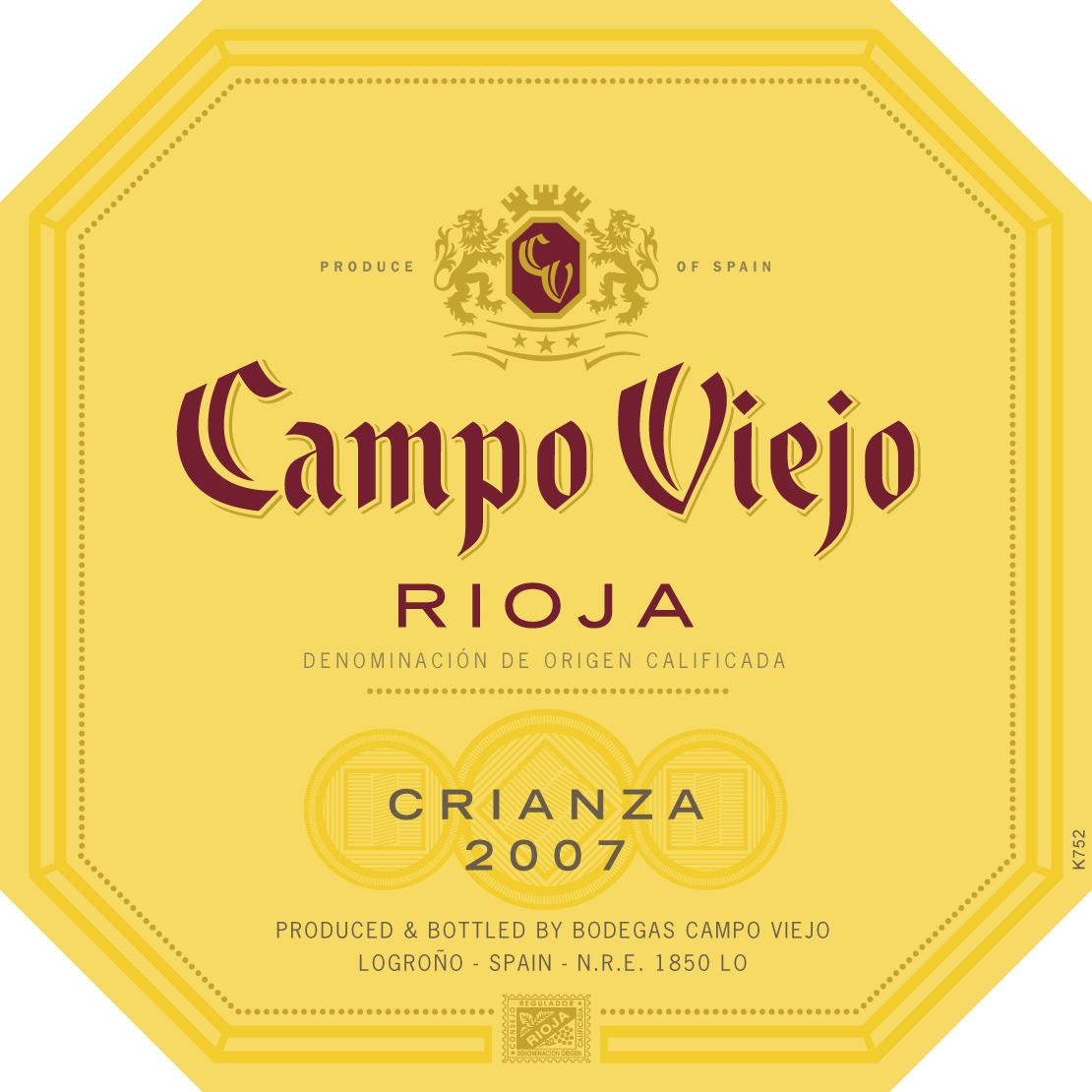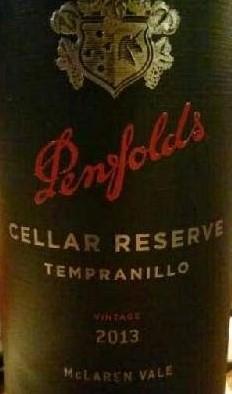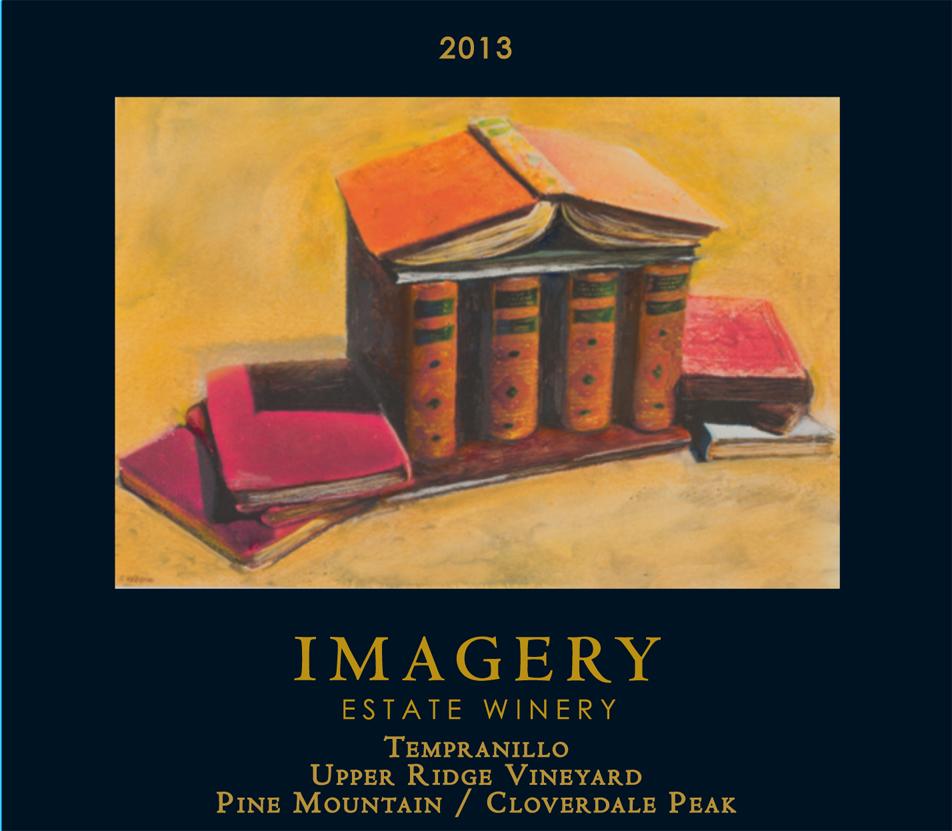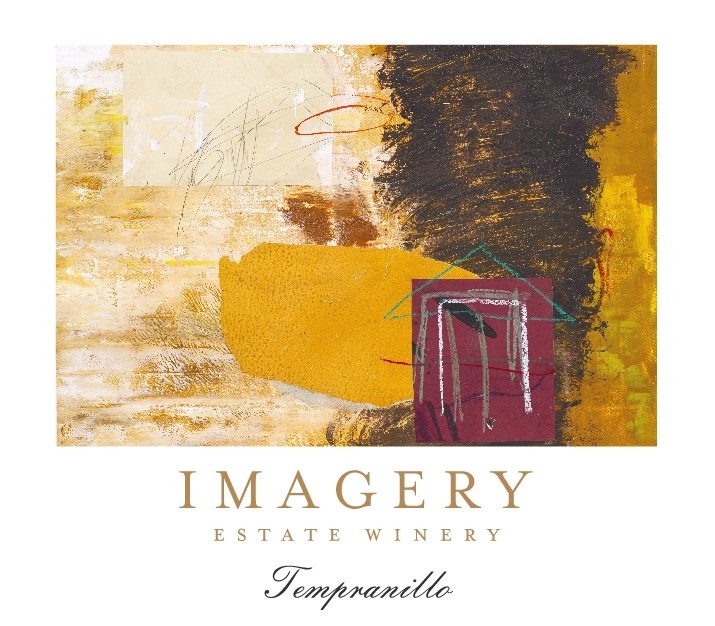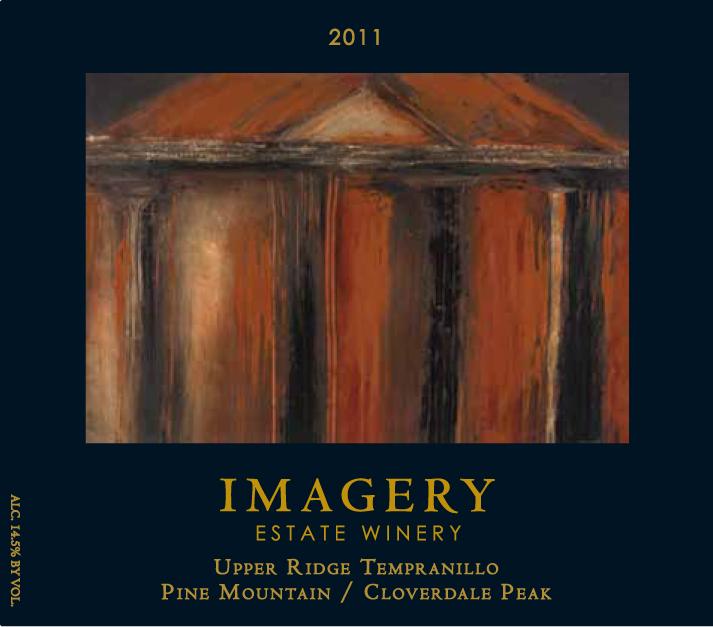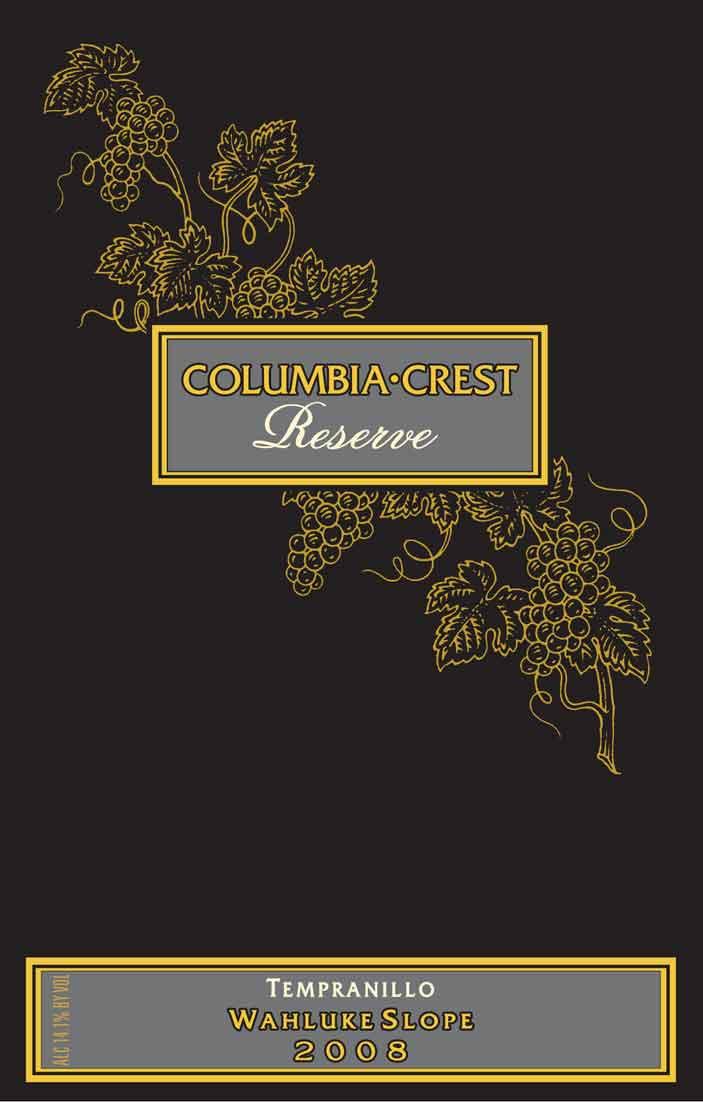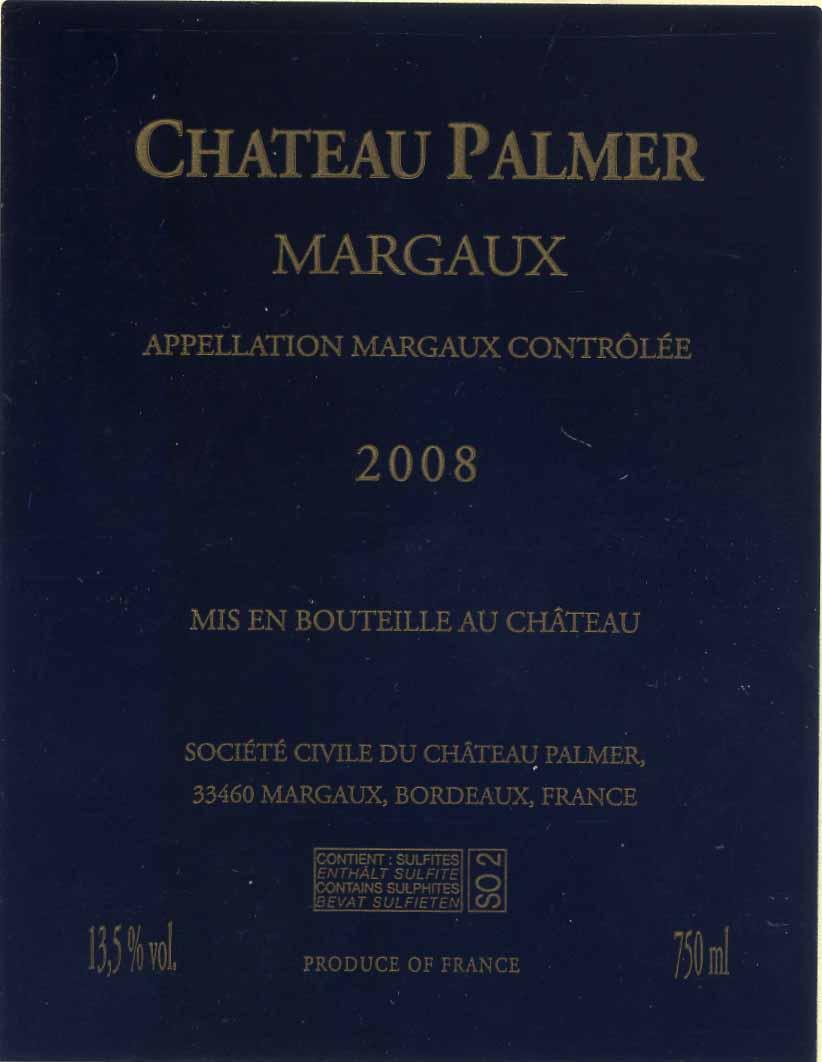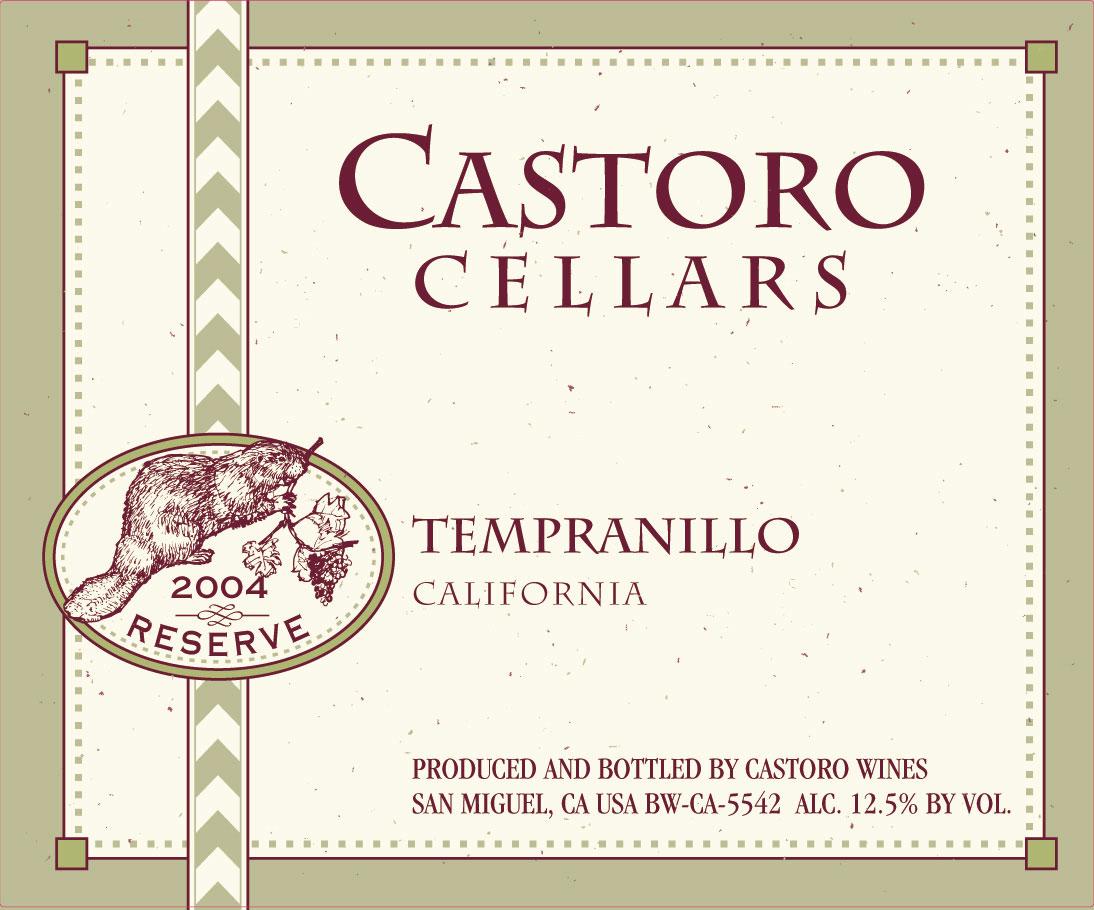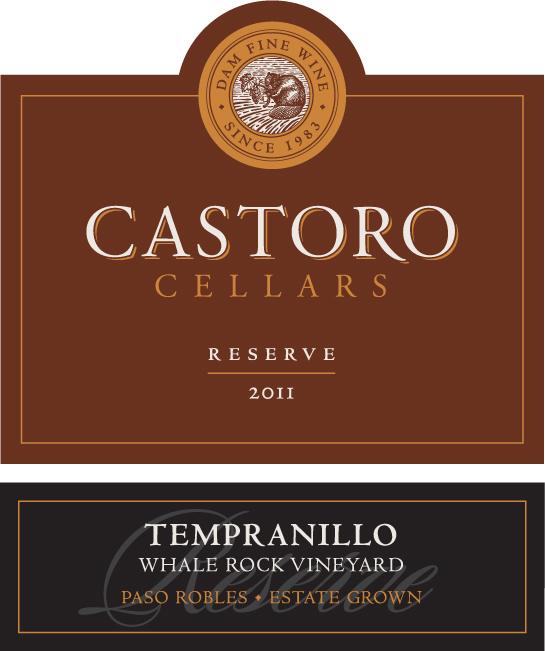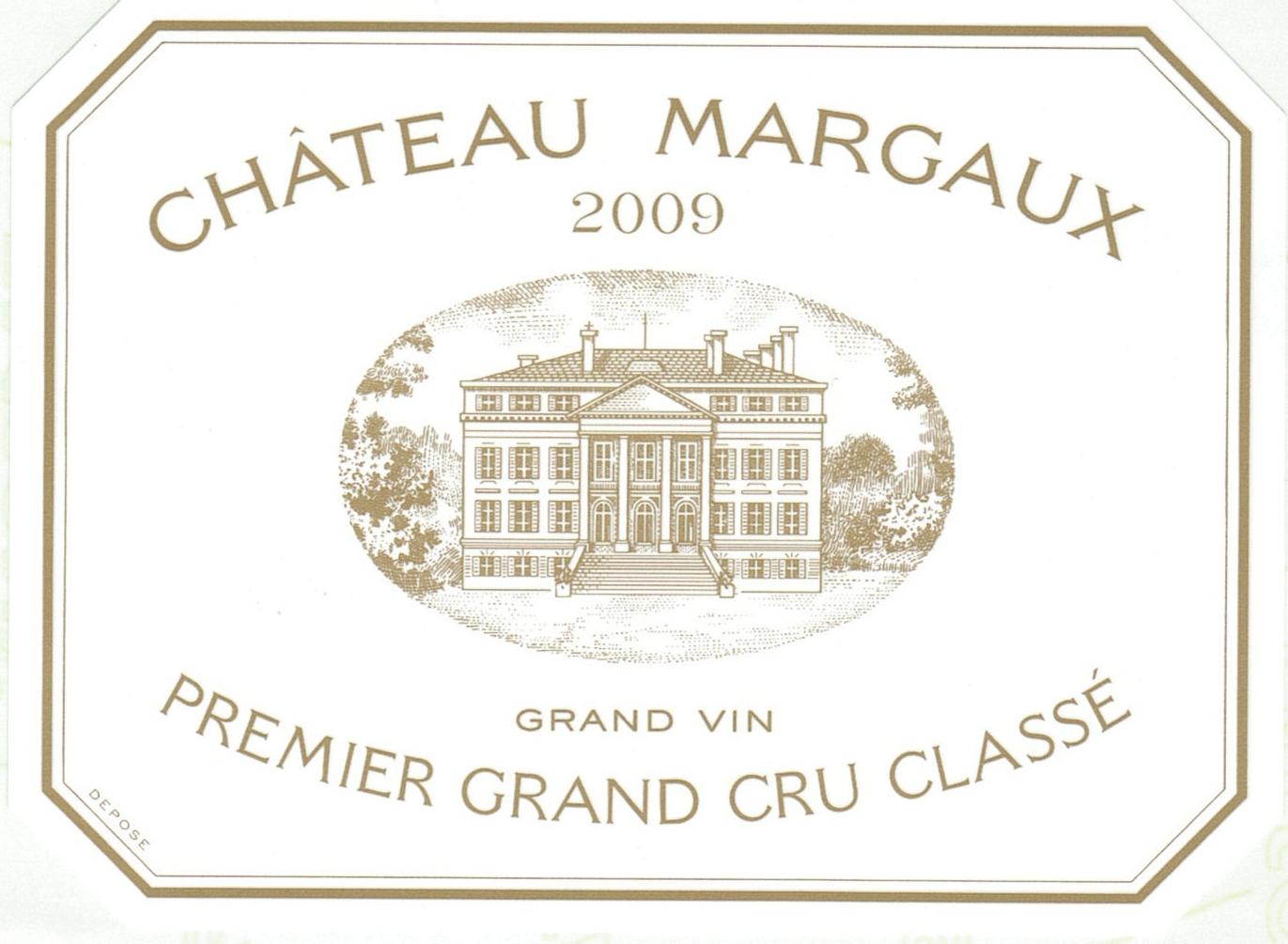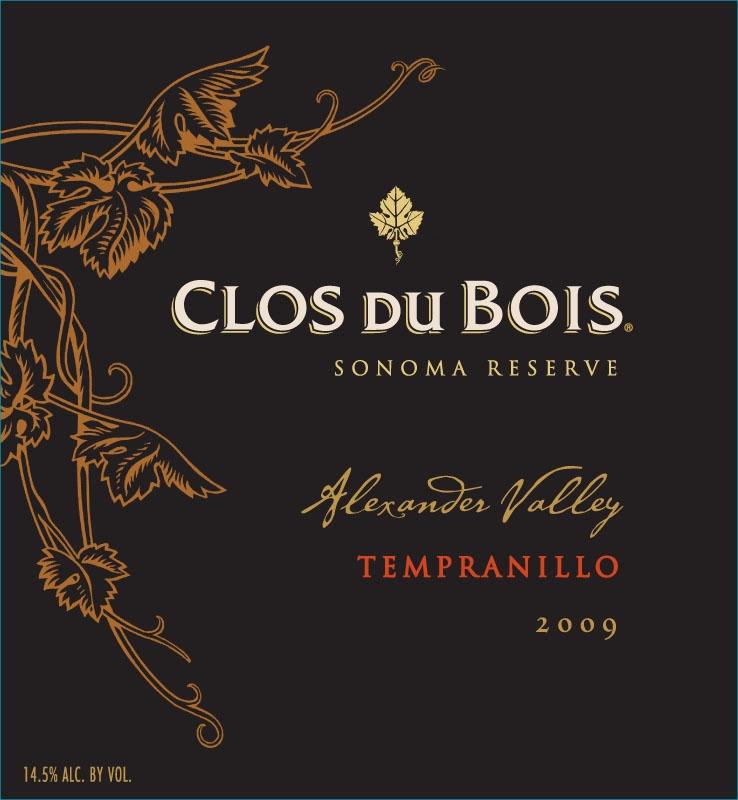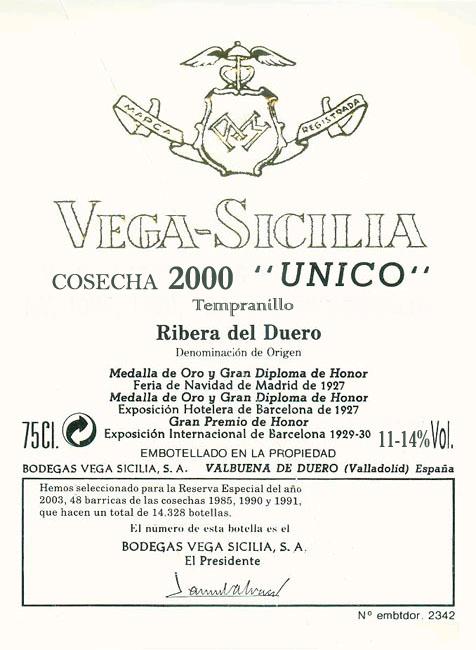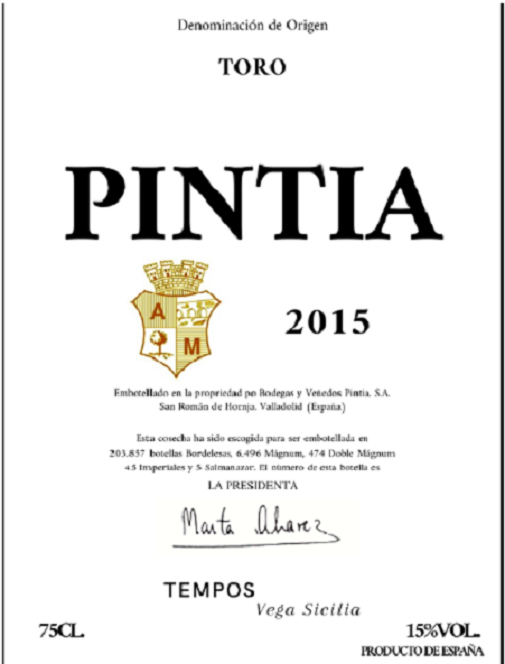Characteristics of Tempranillo
Tempranillo stands out for its medium ruby to garnet color, often showing a hint of orange at the rim, and its relatively thin skins can make the wine more translucent in the glass than other full-bodied reds.
In the glass, it offers a medium to full body with moderate to high tannins, and its acidity ranges from medium-minus to medium—often lower in warmer regions—while alcohol typically sits between 13% and 14.5% ABV.
Flavors include bright cherry, plum, blackberry, and both fresh and dried fig, with American oak aging adding vanilla and coconut notes, and French oak contributing spice, tobacco, and cedar.
As it matures, Tempranillo develops earthy, leathery, and nutty notes, along with hints of prune, cocoa, coffee, and forest floor, enhancing its depth and complexity.
What Does Tempranillo Taste Like?
Tempranillo’s character is deeply shaped by where it is grown and how it is aged, particularly in Spain’s celebrated wine regions.
-
Regional Influence Flavors: In Rioja, traditional use of American oak imparts signature notes of vanilla, coconut, and a subtle hint of dill to the wine’s vibrant red fruit core. By contrast, in regions like Ribera del Duero, French oak is more common, lending Tempranillo a profile marked by delicate cedar, spice (clove, cinnamon), and gentle tobacco nuances.
-
Oak and Bottle Aging: With time in the bottle, Tempranillo evolves from bright cherry, plum, blackberry, and tomato to complex layers of leather, tobacco, dried fig, prune, cocoa, coffee, nuts, and earthy undertones such as forest floor—showcasing the grape’s remarkable ability to mature gracefully. The influence of oak toast levels further shapes the wine’s depth and aromatic complexity.
This interplay of region and aging tradition is what gives Tempranillo its celebrated depth and allure.
Notable Region Tempranillo Grows In
Tempranillo’s character is deeply shaped by where it’s grown, with each region offering a distinct interpretation of this versatile grape:
-
Rioja, Spain: The benchmark for Tempranillo, known for elegant, age-worthy wines layered with red fruit, spice, and distinctive American oak notes like vanilla and dill, thanks to a mix of Atlantic influence and traditional long aging.
-
Ribera del Duero, Spain: Produces powerful, structured reds with darker fruit and firm tannins, a result of high-altitude vineyards and dramatic temperature swings.
-
Toro, Spain: Home to some of the boldest, most robust Tempranillo wines, marked by intense dark fruit, hearty tannins, and notable concentration, often from old, ungrafted vines.
-
Douro Valley, Portugal: As Tinta Roriz, Tempranillo adds backbone, color, aroma, and longevity to Port blends, and increasingly shines in dry table wines, showing structure, freshness, and complex fruit.
Food Pairings
Tempranillo’s balance of fruit, spice, and tannin makes it a flexible wine for pairing with a variety of foods.
-
Classic Spanish Pairings: Enjoy Tempranillo with roasted lamb, grilled pork chops, or Spanish cured meats like jamón and chorizo, as its earthy notes complement the richness of these dishes.
-
Tapas, Cheeses, and Tomato-Based Dishes: Young Tempranillo is lively with tapas and hard cheeses such as Manchego, and its acidity works well with tomato-based foods like pizza, lasagna, or pasta.
-
Hearty, Herb-Infused, and Smoky Flavors: This wine also pairs well with roasted vegetables, stews, and foods seasoned with rosemary, thyme, or smoked paprika, making it a great match for grilled meats and barbecue.


